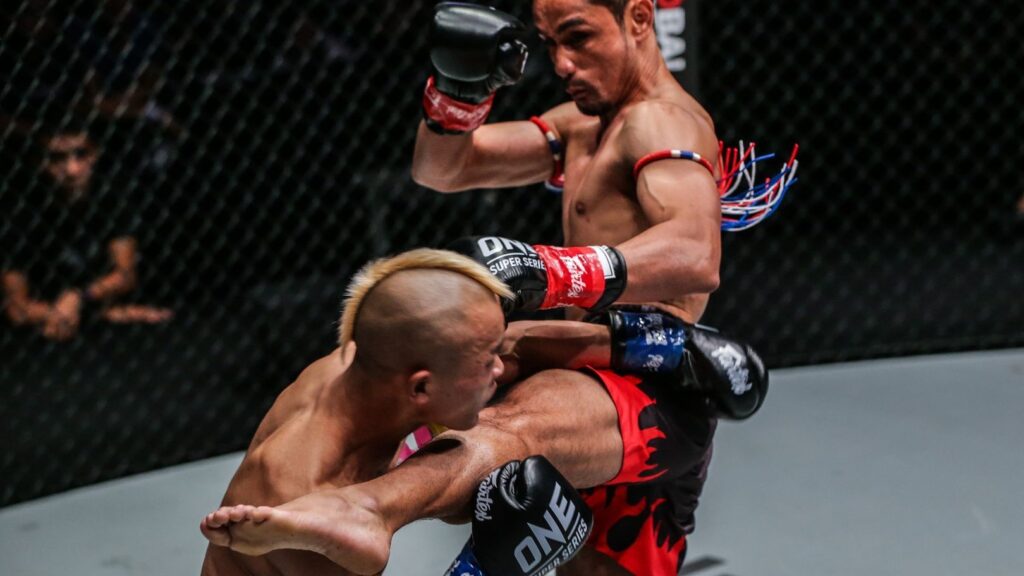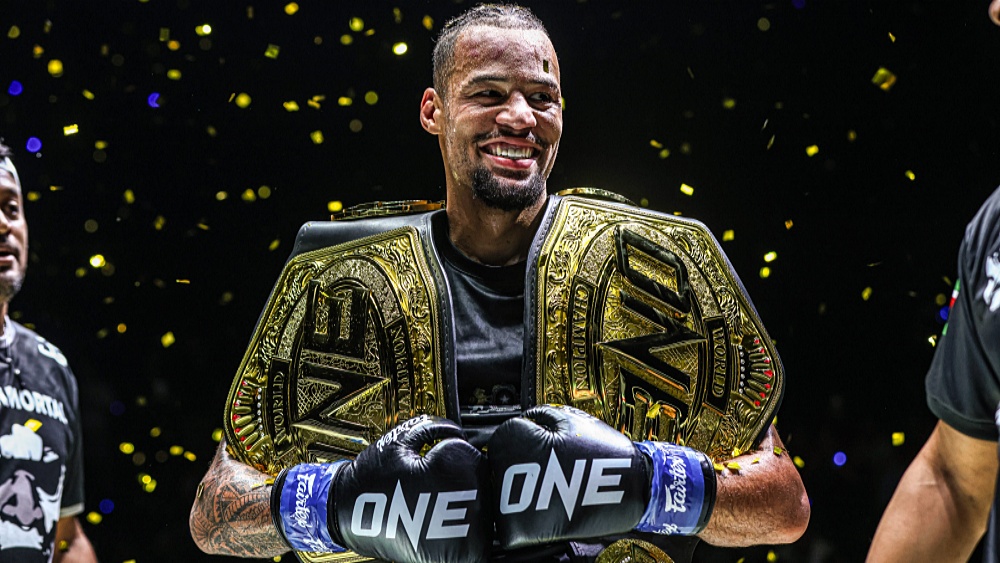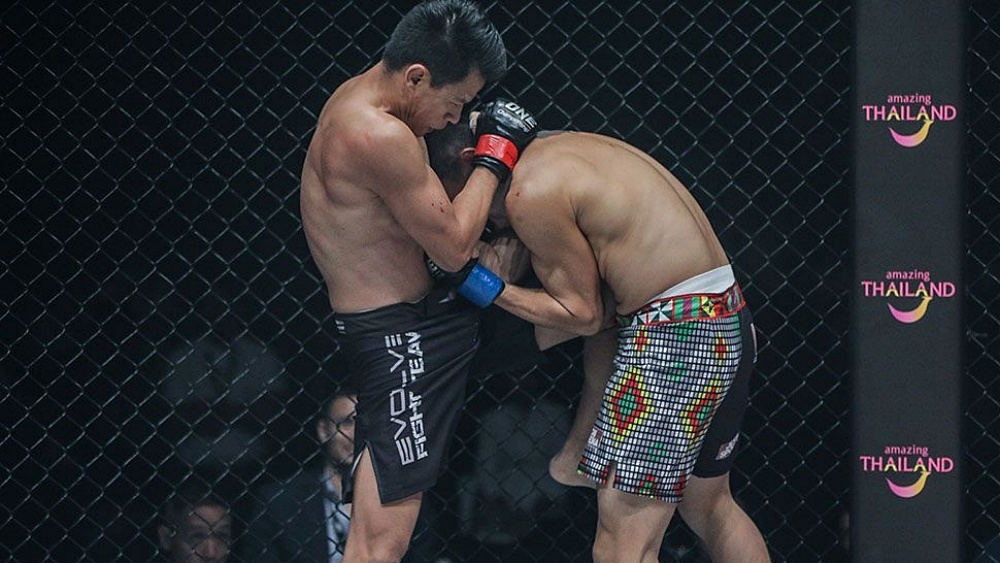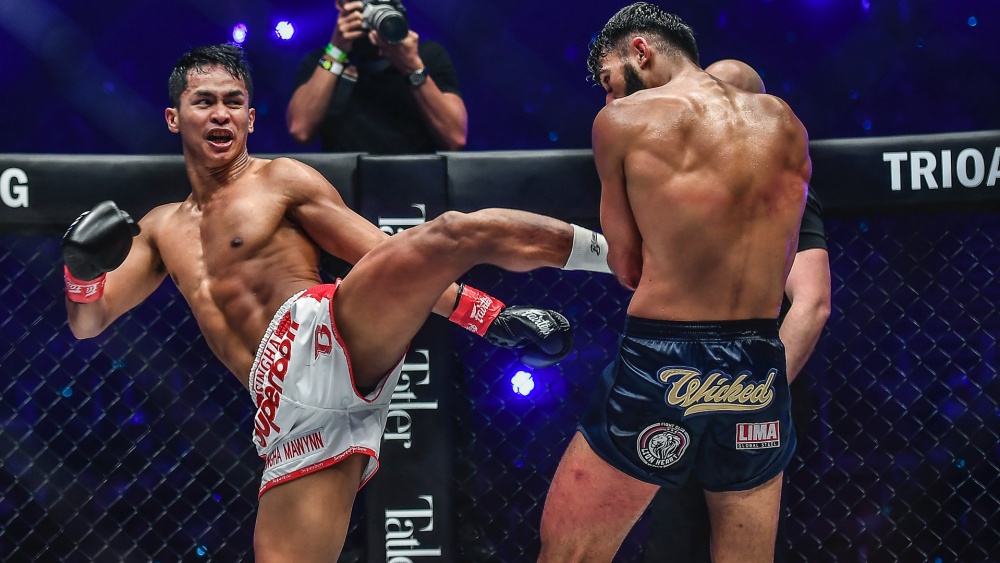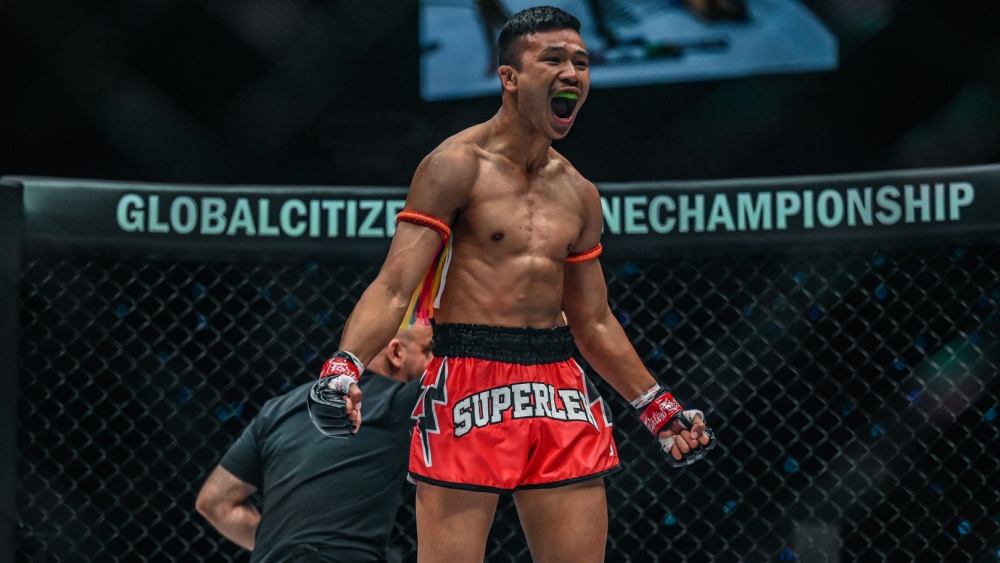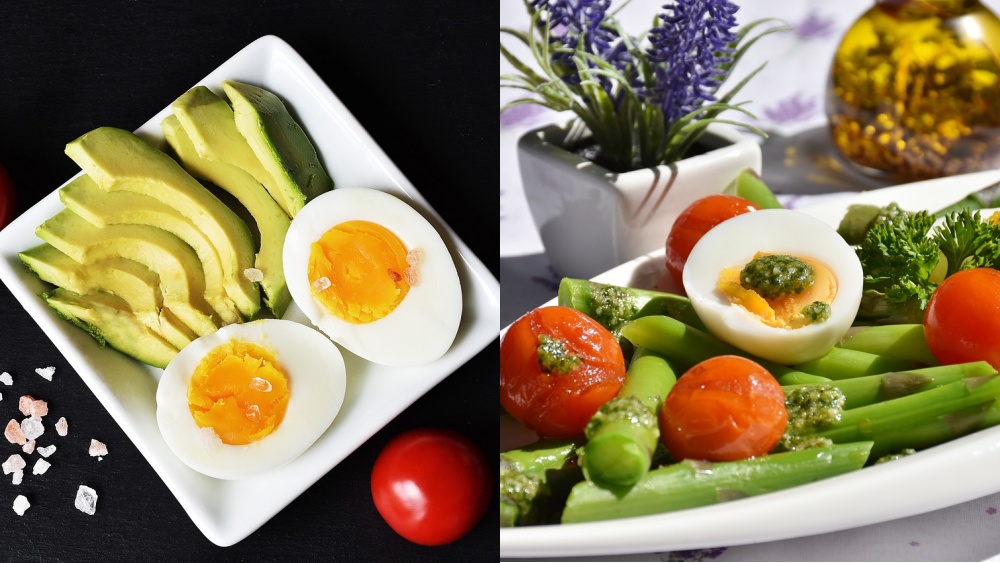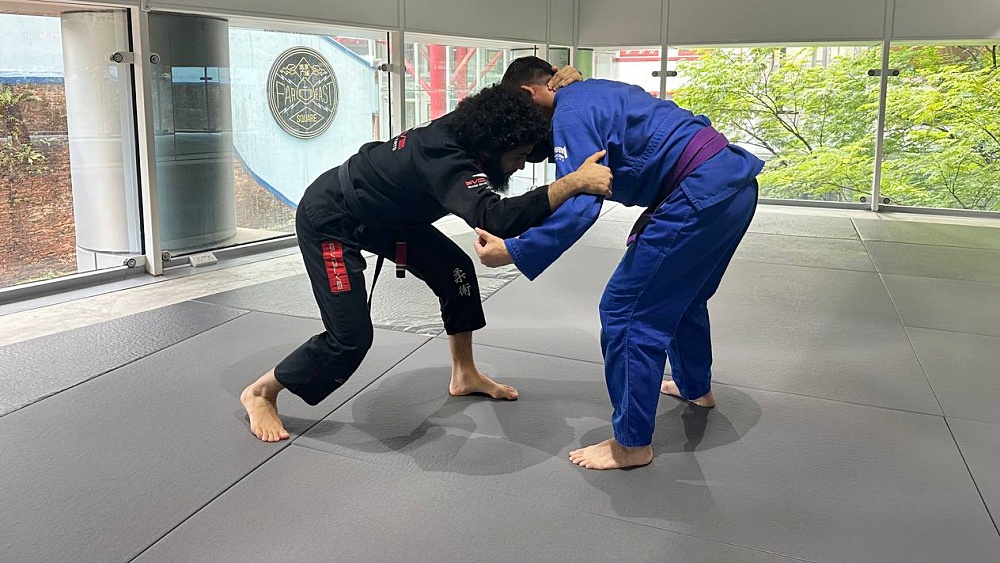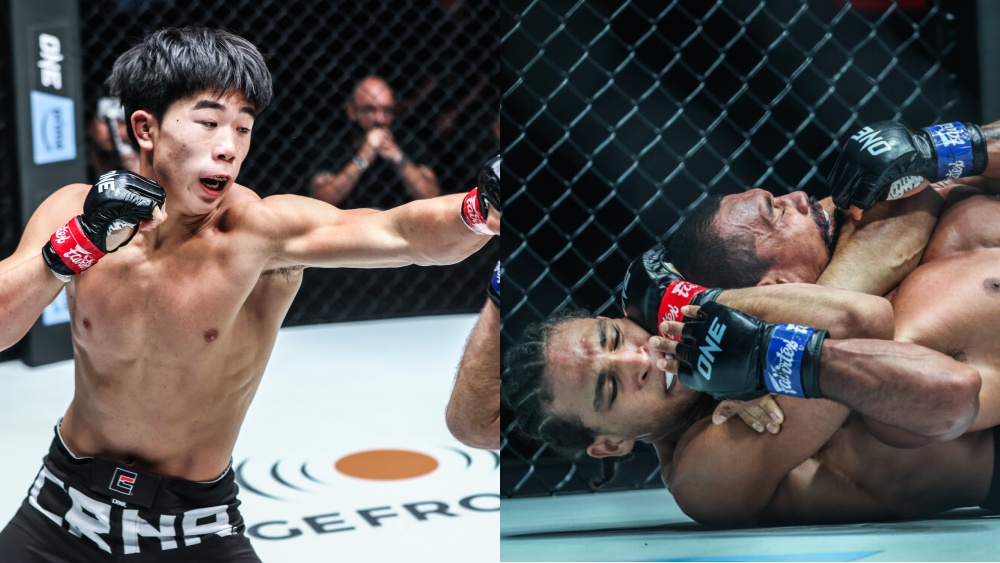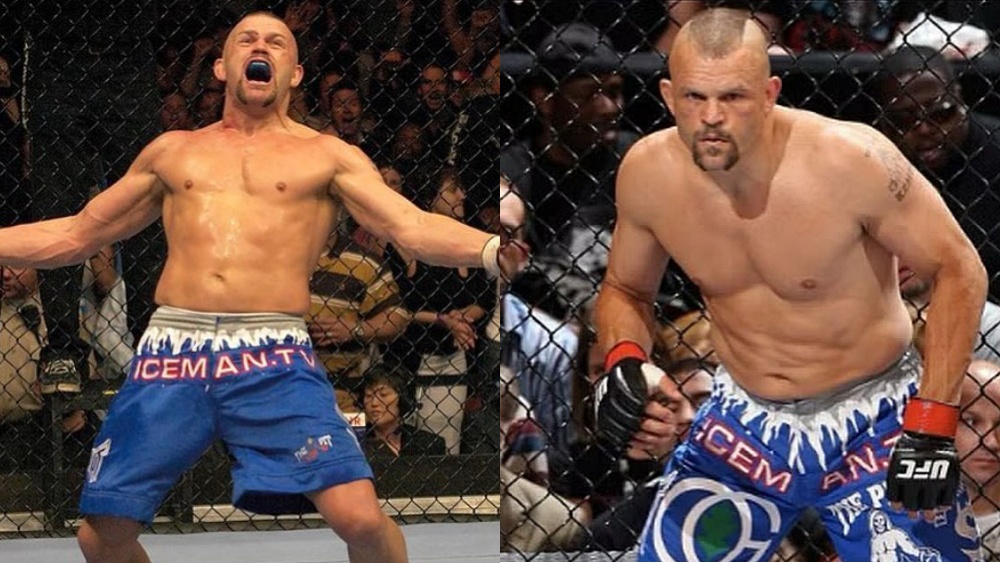A question a lot of martial arts newbies ask is: Is Muay Thai and kickboxing the same?
At a glance, Muay Thai and Kickboxing look pretty similar, but that couldn’t be further from the truth. These are two unique striking arts that are made up of different techniques and styles. Sure, some techniques are shared between the two sports like a roundhouse kick, but the implementation of these techniques are often not identical.
Besides, this relationship is not unique to Muay Thai and kickboxing, there are techniques that are used in pretty much every striking martial art, like the jab. That is what occurs when a technique has been proven to be effective over the course of time. Different martial arts end up adopting some variation of it.
Kickboxing is a martial art that involves using punches and kicks in a full-contact environment. There are many types of kickboxing around the world, but the most prominent and common type is Dutch-style kickboxing.
Also known as the art of eight limbs, Muay Thai involves using strikes made with the hands, legs, elbows, and knees, plus a variation of clinching and sweeping techniques. Muay Thai uses many of the techniques used in kickboxing, and it also utilizes techniques that would be deemed illegal in a kickboxing setting.
Many martial artists view Muay Thai as the most complete striking martial arts in the world, and the track record of Muay Thai fighters going against martial artists from other styles shows this to be an arguable point.
The Differences Between Muay Thai And Kickboxing
Let’s take a look at some of the key differences that separate Muay Thai from kickboxing:
1) Significantly Larger Arsenal
One of the most obvious differences between Muay Thai and kickboxing is the fact the former is an eight-point striking system, while the latter only utilizes six points. Muay Thai fighters attack with their elbows, which makes a world of difference given how powerful these attacks are.
The elbows used in Muay Thai are also powerful attacks. Unlike the hands, which are typically wrapped up and gloved during competitions, the elbows are not covered during contests. As a result, Muay Thai style elbows are a great way to precisely strike your opponent, and they can also lead to knockouts.
2) Clinching
Muay Thai practitioners learn a lot more about clinching than those who choose other striking-based martial arts. Boxers are separated when they get tied up, and the same goes for kickboxers and karateka.
No such thing occurs during Muay Thai contests. The clinch is an important position in Muay Thai, and it’s a great position to throw knees and elbows from. Muay Thai fighters also learn how to “whip” opponent’s in their clinch to make it harder for them to defend themselves. A competent Muay Thai fighter’s clinch is a dangerous place to be in.
3) Throws
Muay Thai fighters get points whenever their opponent hits the canvas. One of the ways they get this done is by using trips and throws. Many of these trips and throws are executed from clinch positions, but there are some that can be executed from striking positions.
As a result, Muay Thai fighters tend to understand how clinching and grappling works better than practitioners from other martial arts. That does not mean they are ready to start tapping out BJJ black belts or anything like that.
4) Philosophical Differences
Muay Thai and kickboxing also have some key differences when it comes to how fights are approached. Traditional Muay Thai fights are 5 rounds. Because of this, sometimes Muay Thai fights may start off at a slower pace than the typical 3-round fight seen in most kickboxing events. Muay Thai fighters often use the first round to get a read on their opponent and test out certain strategies and strikes.
Although there are many different types of Muay Thai fighters, one common difference between Muay Thai and kickboxing is the footwork. Traditional Muay Thai fighters have quite steady and stable footwork, so that they can strike with speed and power at any moment, and react to such strikes coming at them as well. In kickboxing, it’s more common to see fighters moving around a bit more, slightly more similar to boxers. Another common difference you’ll see in Muay Thai and kickboxing is that kickboxers are known for throwing longer combinations more frequently.
In the traditional Muay Thai scoring system, technical prowess and finesse are favored over brute force. The judges reward beautifully landed kicks and throws rather than pure aggression. In most kickboxing fights, however, aggression and power are often one of the primary scoring criteria.
Muay Thai is a more complete striking martial art than kickboxing. However, in the end, it comes down to what feels more natural to you. A great way to figure that out is by attending a complimentary trial class so you can get a first-hand experience.
Book your complimentary trial class with our World Champions below!
If you have any other questions regarding Evolve MMA and the programs we offer, you can get in touch with our membership executives at the following locations:
Evolve MMA (Far East Square)
26 China Street
Far East Square #01-01
Singapore 049568
Phone: (65) 6536 4525
Evolve MMA (Orchard Central)
181 Orchard Road
#06-01 Orchard Central
Singapore 238896
Phone: (65) 6536 4556
Evolve MMA (KINEX)
11 Tanjong Katong Road
#02-52 KINEX
Singapore 437157
Phone: (65) 6288 2293
Evolve MMA (Clarke Quay Central)
6 Eu Tong Sen Street
#04-18 Clarke Quay Central
Singapore 059817
Phone: (65) 6226 2150
